Think about the ancient world for a moment. You’ve probably been taught that early civilizations were primitive, struggling with basic survival while using the crudest of tools. Yet scattered across the globe, archaeologists keep uncovering artifacts that challenge this comfortable narrative.
These mysterious objects hint at sophisticated engineering knowledge that supposedly developed thousands of years later. Some suggest our ancestors possessed technological capabilities far beyond what mainstream history acknowledges. Whether these artifacts represent lost civilizations, forgotten innovations, or something else entirely, they continue to puzzle researchers and spark heated debates about humanity’s true past.
The Antikythera Mechanism: Ancient Computer from the Deep
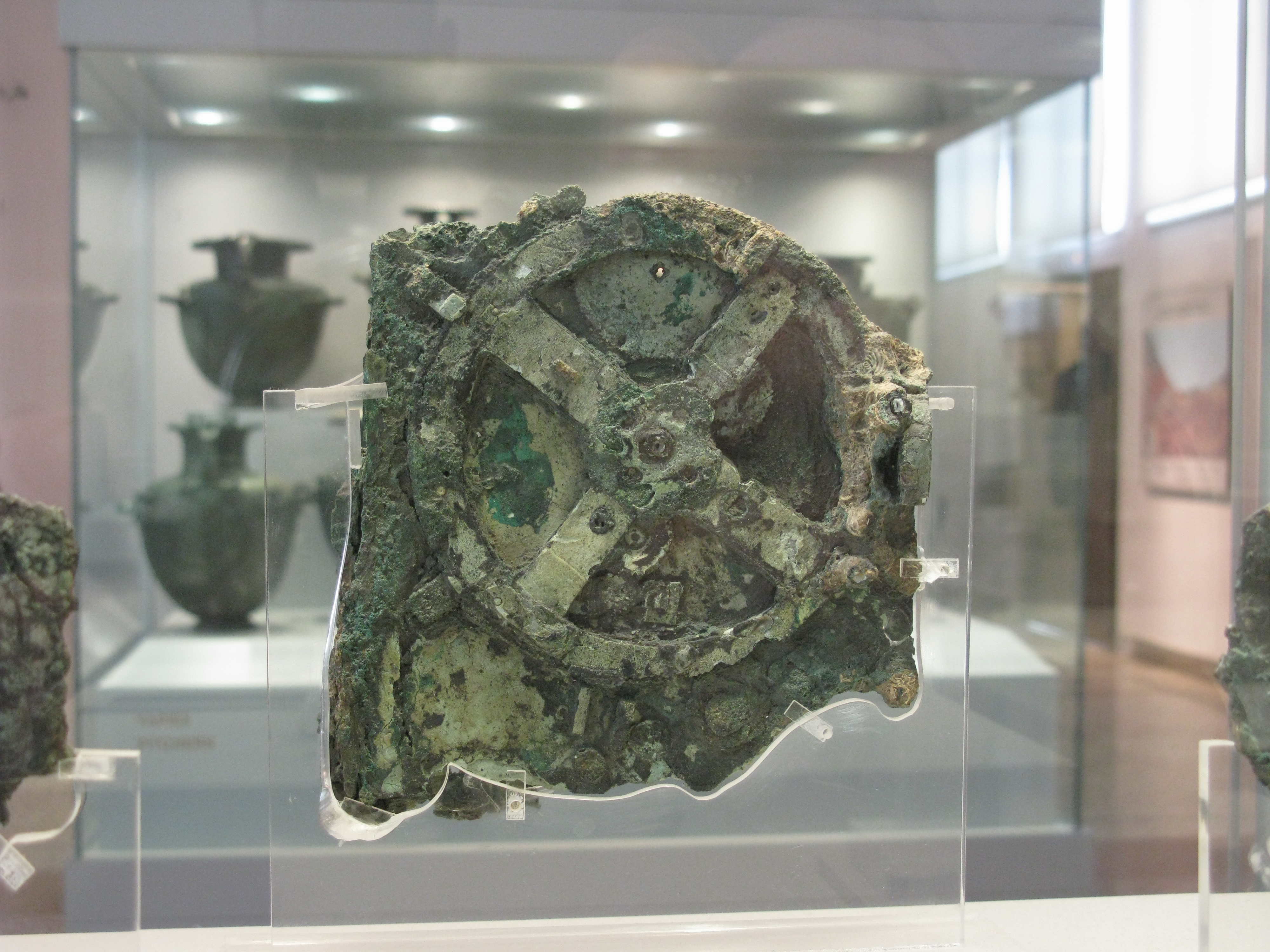
Discovered in a shipwreck off the coast of Antikythera, Greece, this ancient Greek hand-powered computer from around 60 BC is considered one of the greatest archaeological finds of all time. Designed to calculate astronomical positions, it continues to baffle researchers with its intricate craftsmanship and advanced technological design for its era.
Its sophistication is unmatched for its time, resembling the complexity of 18th-century clocks. This has led to speculation about whether the Greeks had access to advanced knowledge that has since been lost to history. The mechanism contains bronze gears and dials so precise that nothing comparable appeared again until medieval mechanical clocks emerged more than a millennium later.
What makes this discovery truly extraordinary is that it remains an enigma how they came up with it, and then lost the technology for centuries, until the arrival of mechanical clocks in the Middle Ages. The implications are staggering if you consider what other technologies might have vanished without a trace.
Stone Tools That Predate Human History
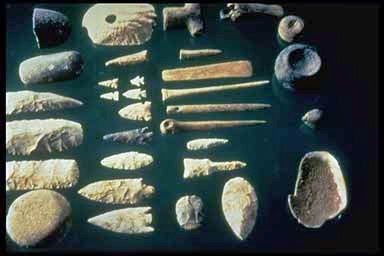
Paleoanthropologists used to think that the ability to make stone tools was unique to the genus Homo, the large-brained branch of hominins that first emerged around 2.8 million years ago. But in 2011, the timeline of toolmaking was pushed back hundreds of thousands of years before Homo with the discovery of primitive stone tools at a site called Lomekwi in Kenya. The Lomekwi stone tools date to 3.3 million years ago and were used by an unknown ancestor of modern humans who figured out how to use heavy stones to crack open nuts and smash smaller stones together to flake off sharp edges for cutting meat.
The truth is that ancient humans probably fashioned tools and other objects out of wood since prehistoric times, but almost none of those objects survive in the archaeological record because they rot away. You might wonder what other innovations have been lost to decay. The sophistication of surviving stone implements suggests a level of planning and understanding that challenges assumptions about early human cognition.
These discoveries force you to reconsider who was capable of complex thought and tool creation in the distant past. The careful shaping and modification of these stones required forward planning and an understanding of physics that seems remarkably advanced for the time period.
The Baghdad Battery: Electricity Before Edison

The Baghdad Battery was discovered in 1936 at Khujut Rabu, near Baghdad, Iraq, not far from the historical metropolis of Ctesiphon, the capital city during both the Parthian (150 BC – 223 AD) and Sasanian (224–650 AD) empires. The artifact consists of a ceramic pot about 140 mm tall, a copper tube created from a rolled copper sheet, and an iron rod centrally positioned within the copper tube.
After the Second World War, Willard Gray, an American working at the General Electric High Voltage Laboratory in Pittsfield, built replicas and, filling them with an electrolyte, found that the devices could produce 2 volts of electricity. Whatever the case, it is true that the Baghdad Battery as described can conduct electricity with the addition of such a solution. Around a volt or so of it.
Keyser theorizes that the Asu may have applied electric currents to the patient to treat the affected area. While one battery would not have been able to generate enough voltage to deaden skin, several linked together, would. The idea of ancient electrotherapy isn’t as far-fetched as it sounds when you consider that other civilizations used electric sea creatures for medical treatment.
Musical Mastery in Mammoth Tusks
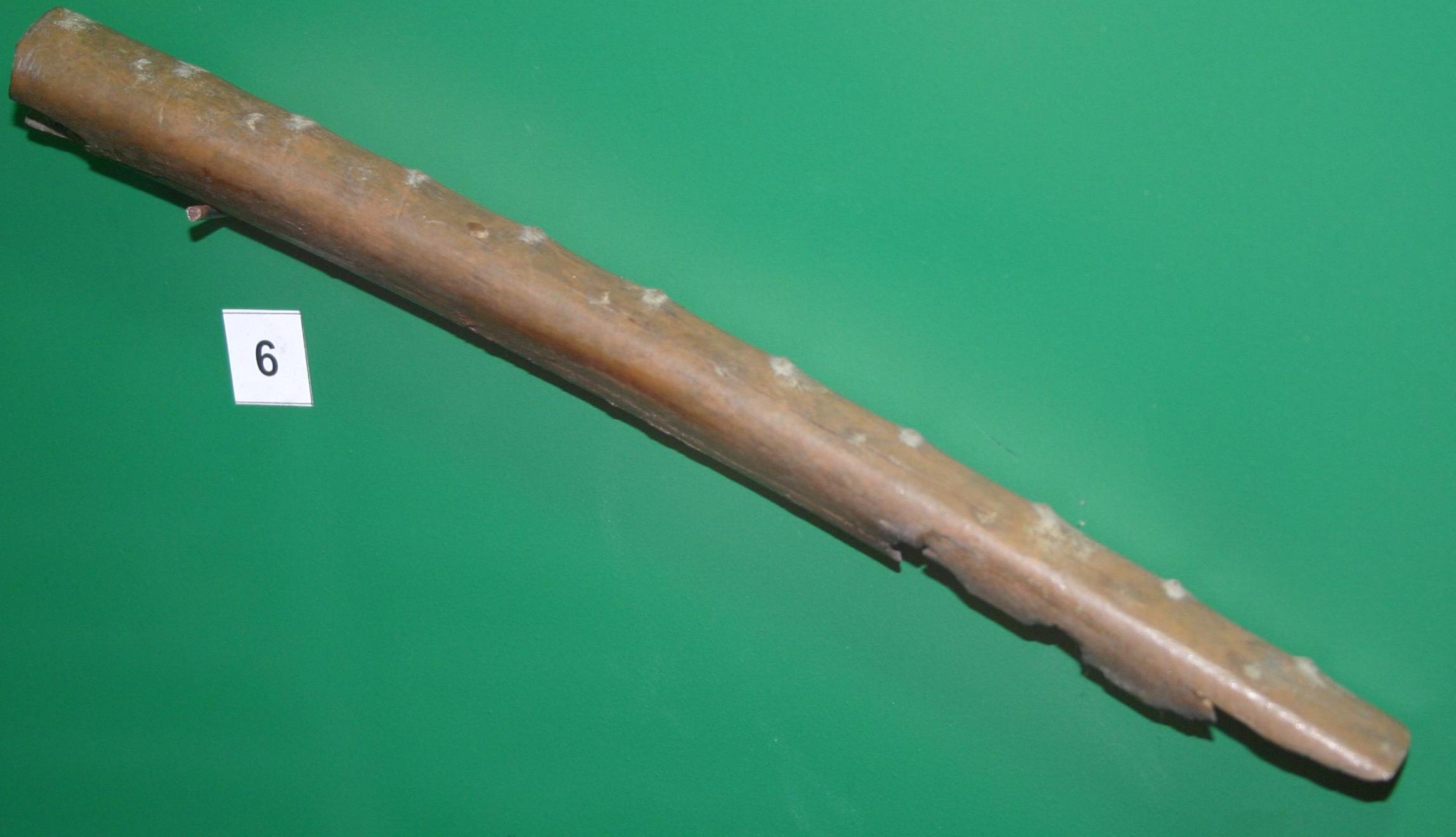
Made from vulture wings and mammoth tusks, the small flutes were part of what’s called the Aurignacian culture, the first modern human toolmaking culture in Europe. But the Aurignacian is associated with this emergence of material culture. There’s cave art, figurines and these musical instruments. People’s symbolic lives are getting broader and richer, and they’re expressing them in different ways.
These instruments represent more than simple noise makers. It’s hard to know whether the flutes were used in rituals or as an early form of entertainment, but researchers have built replicas that bring the ancient music to life. The precision required to hollow out these tiny instruments and create specific pitches suggests an understanding of acoustics that seems remarkably sophisticated for the time.
The fact that people were investing time and resources into creating music during harsh Ice Age conditions tells you something profound about human priorities. They weren’t just surviving; they were creating beauty and meaning through sound.
Mysterious Carved Figurines from Deep Time
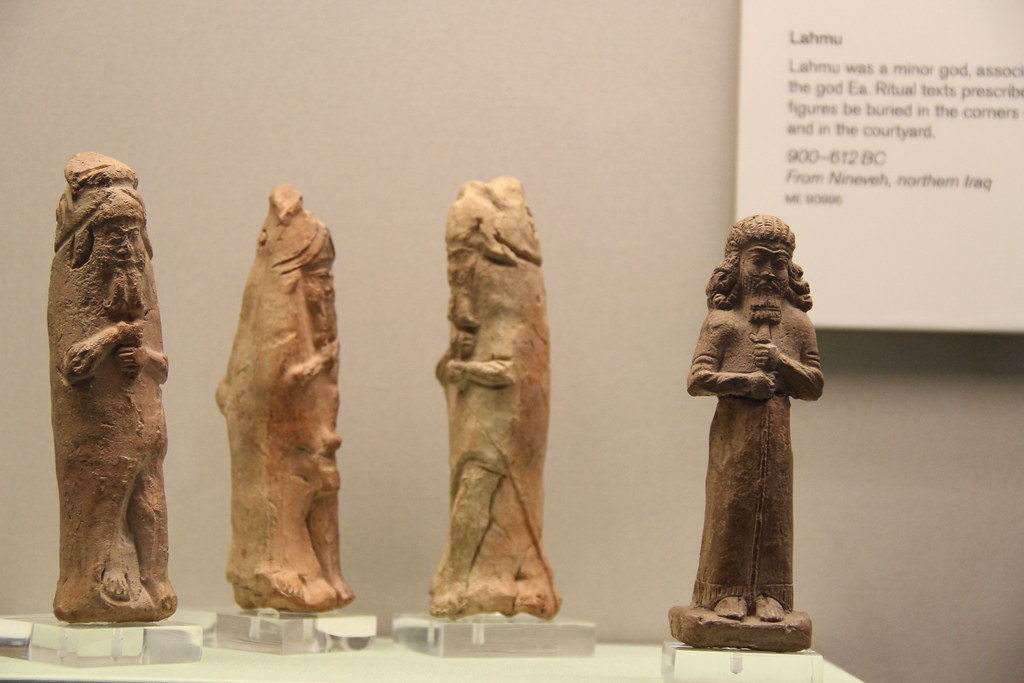
Both of these ancient figurines were carved from mammoth ivory using stone tools. The Venus stands just 2 inches tall but symbolizes sex and fertility with exaggerated breasts and genitalia. Kuhn believes she once had a head, possibly made of wood and attached to the nub at the top of the figurine. The hybrid Lion Man, with the head of a lion and the body of a man, is 12 inches tall and may have served a religious role in shamanic rituals.
Kuhn says Venus figurines and animal sculptures became widespread in the archaeological record during the Gravettian culture that followed the Aurignacian in Europe, but the Venus of Hohle Fels and the Lion Man represent something much earlier and unique. “It looks like these are very idiosyncratic objects and not widely shared,” says Kuhn.
The Lion Man particularly fascinates researchers because it represents abstract thinking and symbolic representation. Creating a hybrid creature that doesn’t exist in nature requires imagination and conceptual thinking that challenges ideas about early human cognitive abilities.
Advanced Maritime Technology from Island Southeast Asia
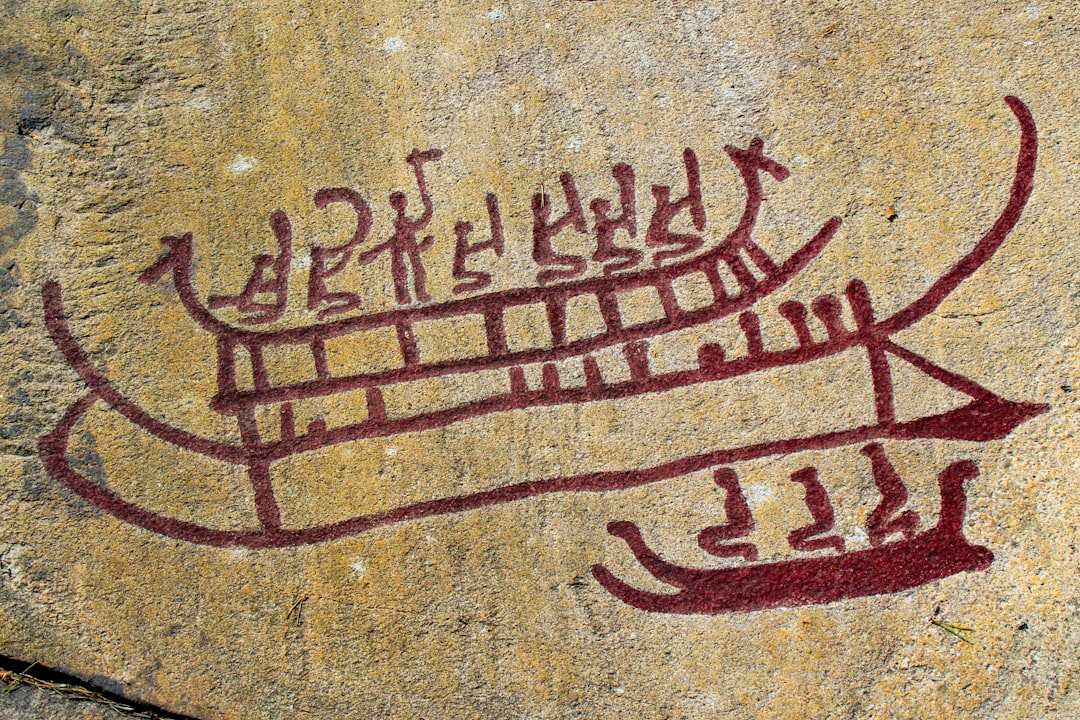
The pivotal archaeological evidence comes in the form of stone tools excavated at sites in the Philippines, Indonesia, and Timor-Leste, showing strong evidence that as far back as 40,000 years ago, there was a technological sophistication from these ancient seafarers that rivals much later civilizations.
While widely accepted that the presence of fossils and artifacts across a range of islands provides evidence that early modern humans moved across the open sea, the study’s authors fight against the prevailing theory that the prehistoric migrations were passive sea drifters on bamboo rafts. Rather, they posit that the movement came from highly skilled navigators equipped with the knowledge and technology to travel to remote locations over deep waters.
It probably required technological seafaring advancements beyond what was considered likely during the Paleolithic era. But those experts may have a surprising new answer thanks to research that shows the ancient people of the Philippines and ISEA may have mastered seafaring well before anyone else. This challenges the Eurocentric view that advanced maritime technology originated in the Mediterranean or Europe.
The Dendera Light: Ancient Illumination or Sacred Symbol?

Beneath the Temple of Hathor at Dendera there are inscriptions depicting a bulb-like object which some have suggested is reminiscent of a “Crookes tube” (an early lightbulb). Inside the “bulbs” a snake forms a wavy line from a lotus flower (the socket of the bulb).
Supporters of the dendera light bulb theory often point to the lack of soot or evidence of extensive torch use within the crypts as further supporting evidence. They argue that if the only source of light were torches or oil lamps, the ceilings and walls would show signs of smoke accumulation. The relative cleanliness of these spaces, they contend, suggests an alternative light source.
However, castor oil mixed with salt, it can be used to provide a “clean” flame with minimal soot output. While mainstream Egyptologists reject the electrical theory, the precise imagery continues to intrigue those who wonder if ancient civilizations possessed forgotten technologies.
Precision Stone Spheres of Costa Rica

In Costa Rica, these massive stone balls ranging from a few feet to over 15 feet across were carved and arranged by an unknown pre-Columbian culture. Their precision and immense size hint at an impressive feat of engineering and purpose, but their exact origins and use are still mysterious.
Stone spheres of Costa Rica: Inaccurately described as being perfectly spherical, and therefore demonstrating greater stone-working skill in pre-Columbian times than has previously been known. The mathematical precision required to create near-perfect spheres using primitive tools suggests an understanding of geometry that seems unexpectedly advanced.
Some spheres weigh several tons, raising questions about how they were transported and positioned with such accuracy. The engineering challenges involved in their creation and placement indicate sophisticated planning and execution capabilities.
Engineering Marvels in Underground China
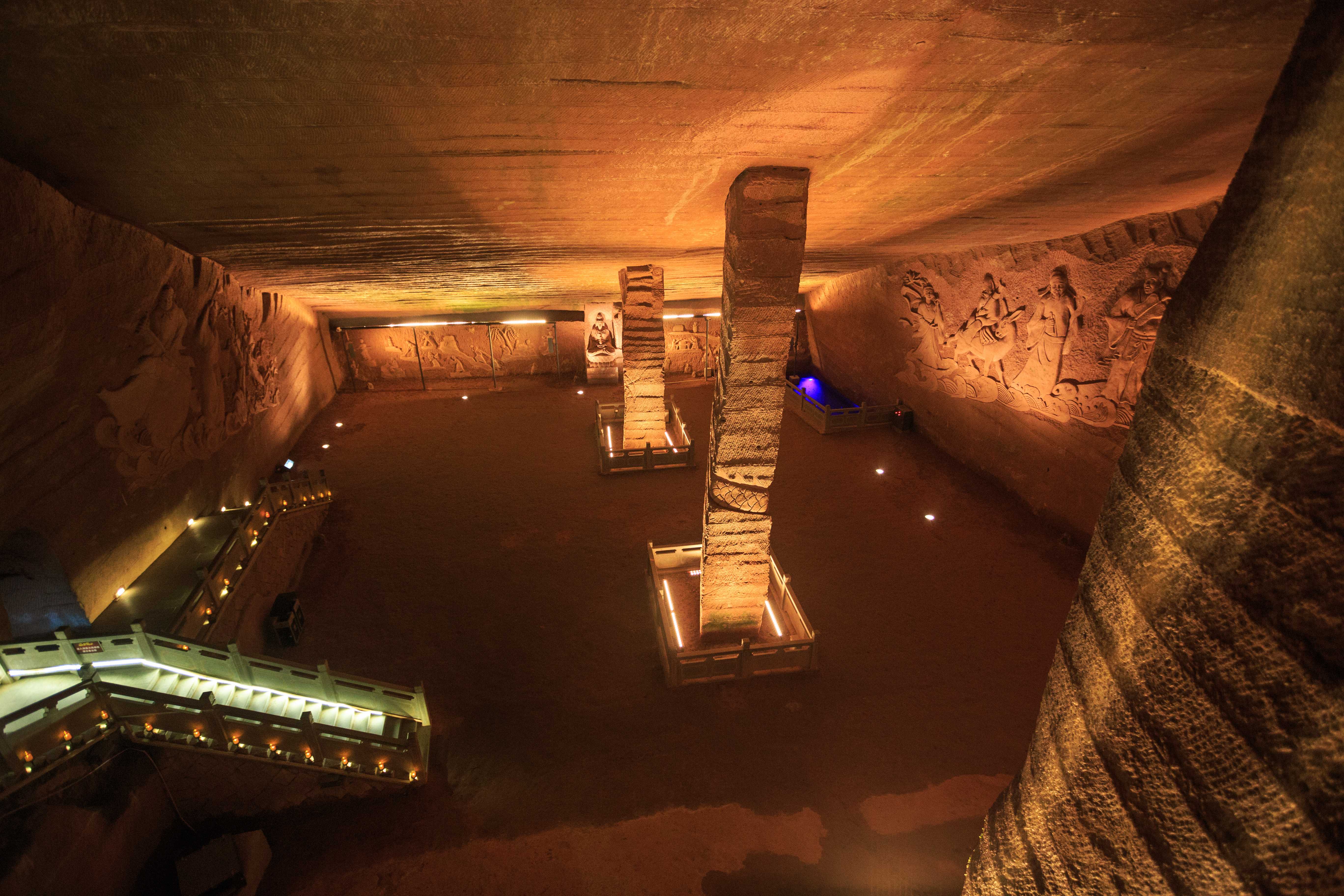
A series of 24 hand-carved caves appeared, and the method of their construction remains a major archaeological mystery. Dated to roughly 2000 years before present, the caves cover an area of 30,000 square meters (322,917 sq ft). Their precision and scale, and their smooth walls and pillars, suggest that they were created with advanced tools and technologies.
What makes the Longyou Caves particularly enigmatic is the sheer volume of material that would have been excavated to create them – an estimated 1 million cubic meters of rock. The engineering knowledge and labor required to complete such a project are impressive, yet there is no evidence of tools or machinery that could have been used.
The caves demonstrate structural engineering principles that shouldn’t have existed in ancient China according to conventional timelines. The smooth walls and precise angles suggest knowledge of advanced construction techniques that modern engineers struggle to replicate.
Conclusion: Rethinking Ancient Capabilities
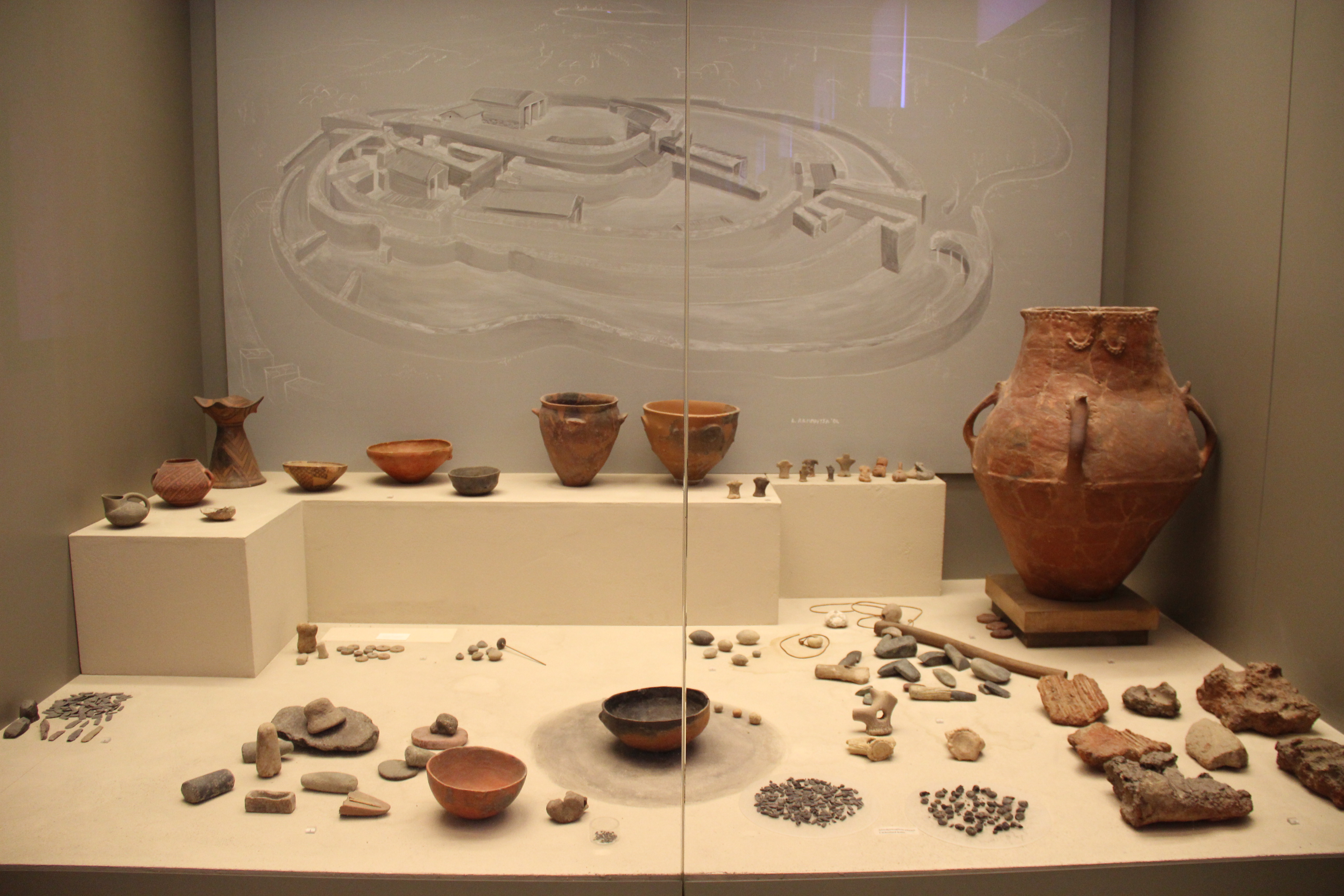
These forgotten tools and mysterious artifacts force you to reconsider everything you thought you knew about ancient civilizations. We often think about our distant ancestors as primitive, equipped with the crudest of tools and a limited set of skills. But more often than not, we are terribly mistaken. Ancient civilizations are usually underestimated. History shows us that they repeatedly demonstrated incredible ingenuity and engineering prowess, even in the most distant past.
However, some discoveries have defied the conventional understanding of technological advancement and human capability in the past. These findings challenge the timeline of technological evolution and suggest that ancient peoples might have achieved more than we previously believed. From sophisticated engineering to mysterious artifacts, the evidence often raises more questions than answers.
Perhaps the most humbling realization is that we may never fully understand what our ancestors accomplished or how they did it. These artifacts remind us that human ingenuity has ancient roots, and that the story of technological development might be far more complex than we imagined.
What do you think about these mysterious artifacts? Do they suggest forgotten civilizations possessed advanced knowledge, or do they simply represent remarkable human creativity working within the constraints of their time? Tell us in the comments.



